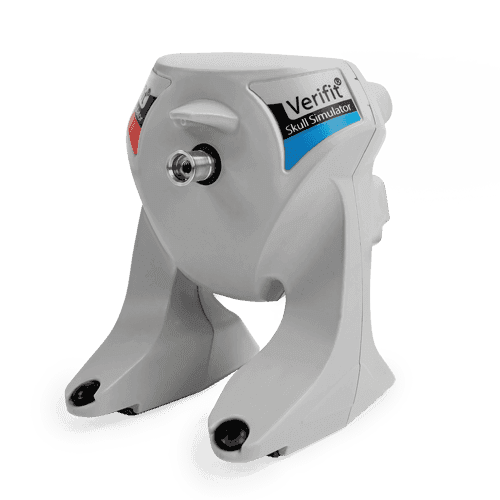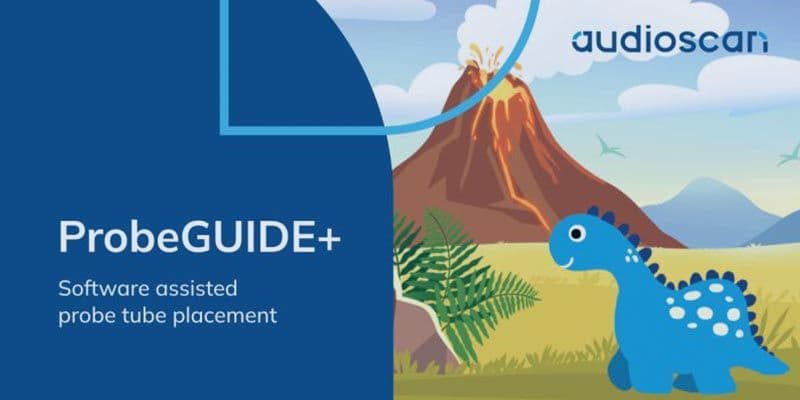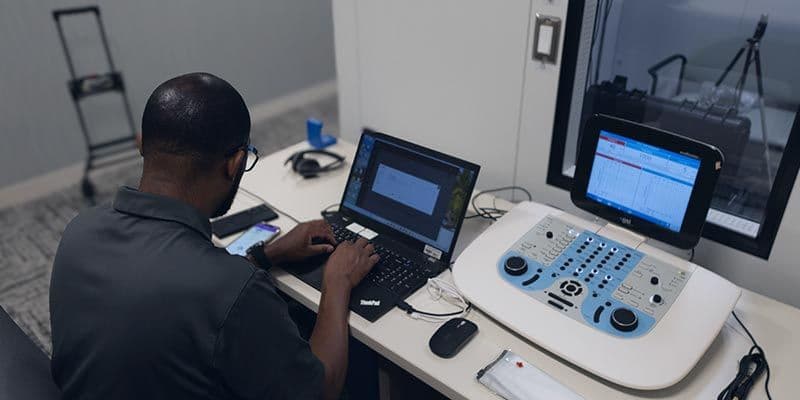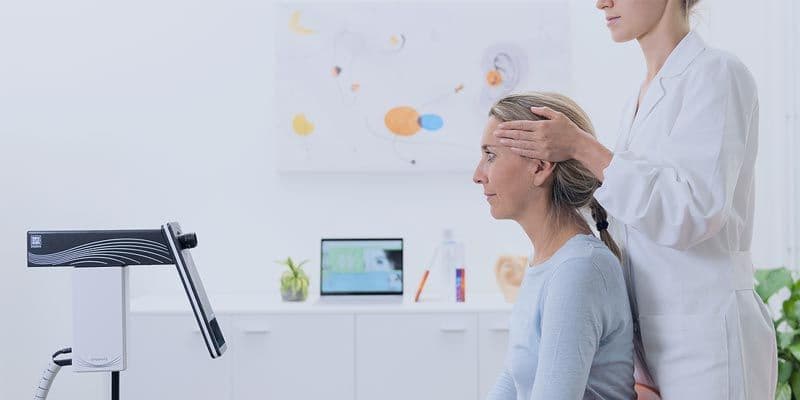The Verifit system, in conjunction with the Skull Simulator, utilizes DSL-BCD (Desired Sensation Level for Bone Conduction Devices) targets to ensure accurate and effective verification of BAHDs.
These targets are designed to account for the unique characteristics of BAHDs, providing age-appropriate prescriptive targets for adults and children. By measuring the device’s output in dB force level rather than dB SPL, the Verifit and Skull Simulator can objectively assess the performance of BAHD, ensuring optimal audibility and listening outcomes for patients.
This process helps audiologists fine-tune the settings to meet each patient’s specific needs, enhancing overall satisfaction and hearing aid effectiveness.
Verifit Compatibility
The Verifit Skull Simulator is compatible with the Verifit 2, which has software version 4.12 or later, and the Verifit 1 system, which has software version 3.20.x or later and serial numbers 2070 or later.
However, it’s important to note that as of January 1, 2024, Verifit VF-1 hardware and software are no longer supported, meaning no hardware parts, repair services, or software updates are available for all generations of Verifit VF-1.
Setting Up the Verifit Skull Simulator
Learn how to set up the Verifit Skull Simulator and start with Speechmap verification of bone-anchored hearing devices using the Verifit2 or Verifit1 test box.
Watch Now: Verifit Skull Simulator Set-up and Quick Start Guide
Verification of bone conduction devices is essential for ensuring optimal patient outcomes. Advanced tools like the Verifit Skull Simulator allow audiologists to provide accurate and reliable verification, improving audibility, listening outcomes, patient satisfaction, and fitting efficiency.
These verification protocols enhance the quality of care and support provided to patients with bone-anchored hearing aids.







